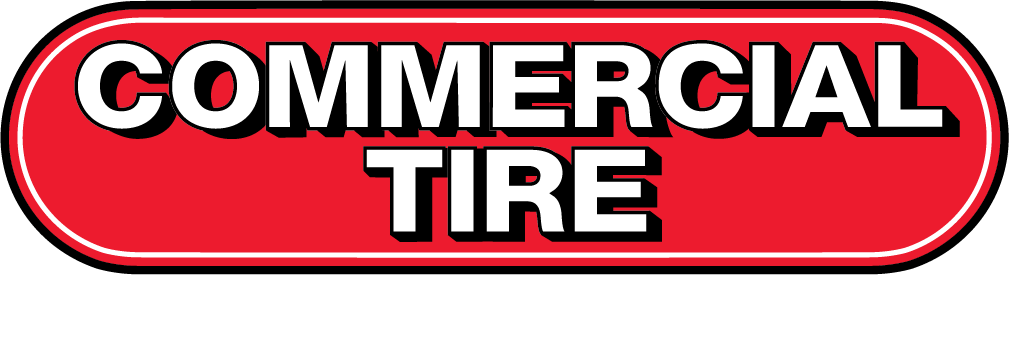Choosing a tire is a little more complicated than simply knowing what size to select. Every tire has one of three types of tire tread patterns, and their uses differ by design. Depending on your driving habits and regional conditions, different treads will provide different driving experiences that are ideal for different scenarios.
Unidirectional Patterns
Also referred to as directional, these tire treads feature directional bands and blocks designed to prevent hydroplaning. Often, the typically rectangular blocks feature a V-shape that points in the direction the tire is rolling. As a result, water can travel along the directional markings rather than evenly running below the tire surface. Additionally, this tread type is very effective in snow and mud. The result is excellent traction during wetter parts of the year.
Symmetrical Varieties
The most common variety by far is the symmetrical type of tread. Of the three types of tire tread patterns, most people likely have this variety. It’s made especially for the average commuter and consumer due to its all-around quality performance. In addition, symmetrical tires tend to wear evenly as they can be rotated to maximize their life.
Finally, this variety provides a quiet drive that drivers of non-high performance vehicles prefer. Our tire shops in Pocatello and throughout Idaho provide an excellent and always affordable selection of the ever-reliable symmetrical treads.
Asymmetrical Tire Treads
For those interested in tuning up their sports car’s performance, asymmetrical varieties of tread may be the best way to go. This type of tire tread combines the best of symmetrical and directional tread designs to achieve excellent traction in both wet and dry conditions. Both deep directional patterns and smaller treads are present on the inner and middle sections of the tire for wet or dry roads. The outer area typically features larger dry condition treads.
